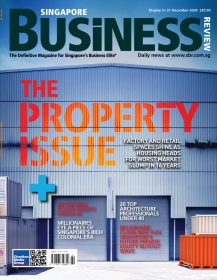
World consumer spending gets a boost from lower petrol prices
15 out of 18 non manufacturing sectors grew through June, a sign that the world economy is back on track.
According to Royal Bank of Scotland, there was a clear pullback in consumption in the second quarter given the run-up in food and gasoline prices in the spring, so it is not surprising that growth in the services sector moderated from the red hot pace seen around the turn of the year.
Here’s more from RBSM:
| After averaging a reading of 58.8 in Q1, the ISM non-manufacturing gauge averaged 53.6 in Q2. Still, 15 out of 18 industries reported growth in June, compared to 16 in May and 17 in April, so the majority of industries continued to expand last month. Moreover, given the noticeable pickup in the weekly ICSC chain store sales index in the last two weeks of June, it seems that consumer spending is starting to get a boost from the decline in gasoline prices over the last 6 weeks or so, which should aid the services sector in July. In June, the new orders index showed the most weakness, falling from 56.8 in May to 53.6. The pace of new orders has clearly slowed relative to Q1, when it stood between 64 to 65, but Q2's 54.4 average is still indicative of healthy growth. Last month, 11 industries reported growth in new orders compared to 15 in May, while four reported a drop compared to two in May. Meanwhile, the business activity measure was little changed in June at 53.4, and the employment gauge was also steady at 54.1 (respondents' comments on hiring included "Continuing to fill backlog of positions" and "Hiring to get back to required staffing levels."). Supplier deliveries slipped slightly to 52 in June from 54 in May, while the inventories component also fell from 55 in May to 53.5. The inventory sentiment index (a measure of discomfort) rose from 55 in May to 58.5 in June, indicating that a greater proportion of respondents thought that their inventories were too high. Meanwhile, the prices paid gauge tumbled from 69.6 in May to 60.9 in June, the lowest level since July 2010, but respondents still expressed concern about the volatility of prices. |
























 Advertise
Advertise






